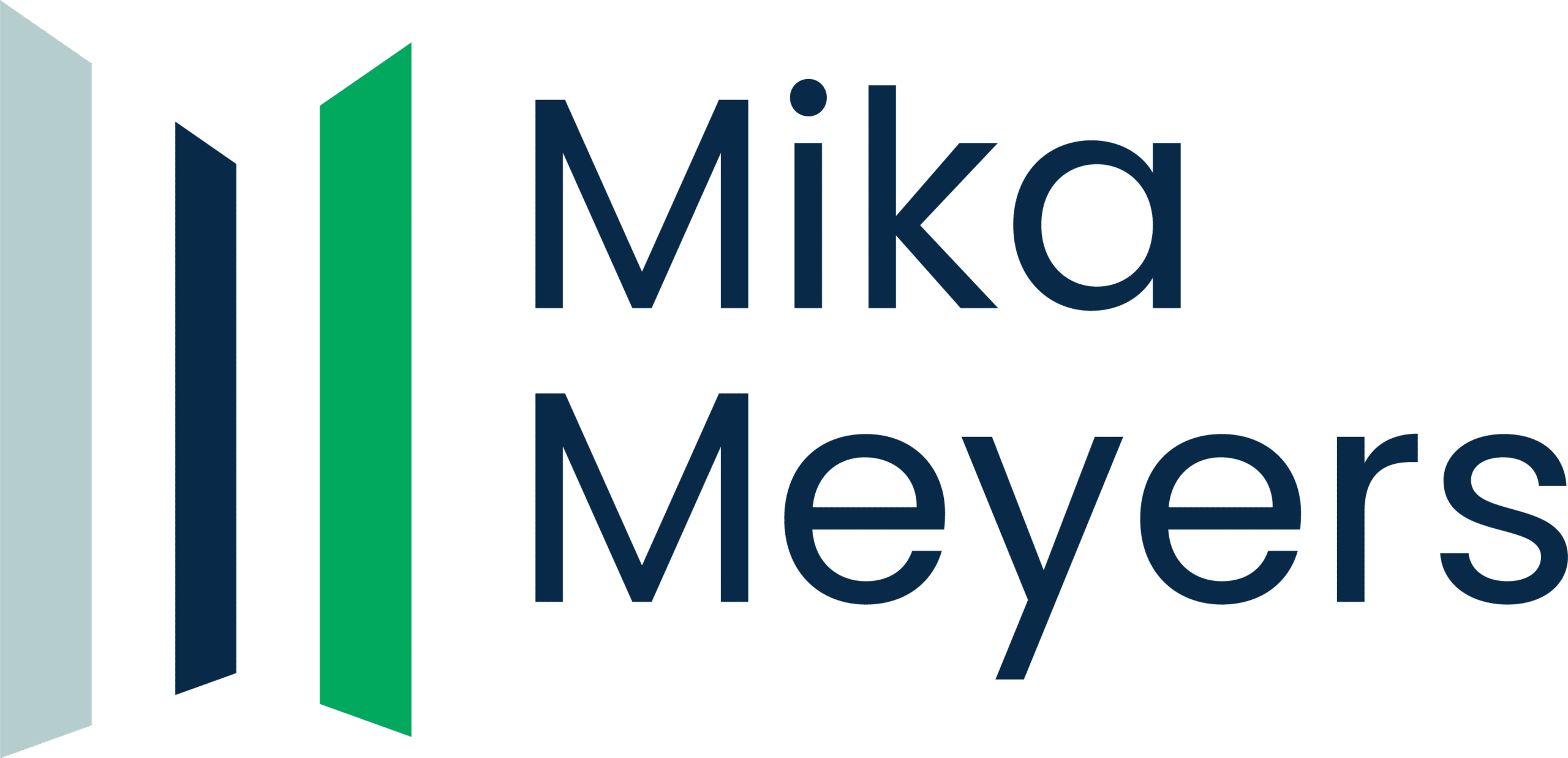Section 20(a) of the Securities Exchange Act of 1934 provides as follows: “Every person who, directly or indirectly, controls any person liable under any provision of this chapter or of any rule or regulation thereunder shall also be liable jointly and severally with and to the same extent as such controlled person to any person to whom such controlled person is liable, unless the controlling person acted in good faith and did not directly or indirectly induce the act or acts constituting the violation or cause of action.”
There is a split of authority among the federal circuit courts as to the requirements for establishing control person liability under Section 20(a) and other similar provisions of the federal securities laws.
The Sixth Circuit (which includes Michigan, Ohio, and Kentucky) is among the Circuits that have adopted the two-prong test introduced in Metge v. Baehler, 762 F.2d 621 (8th Cir. 1985), cert. denied, 474 U.S. 1057 (1986), which requires that the plaintiff establish (1) that the defendant actually exercised control over operations of the primary violator, and (2) that the defendant “possessed the power to control the specific transaction or activity upon which the primary violation is predicated.” Sanders Confectionery Prods. v. Heller Fin., Inc., 973 F.2d 474, 486 (6th Cir. 1992) (internal citation omitted). Once the two prongs are satisfied, the burden shifts to the defendant to show the actions were taken “in good faith” and that the defendant “did not directly or indirectly induce the act or acts constituting the violation or cause of action.” Paracor Fin., Inc. v. Gen. Elec. Capital Corp., 96 F.3d 1151, 1161 (9th Cir. 1996) (quotations omitted).
Other circuits have adopted the second prong of the Metge test, but left open the issue of whether a plaintiff must show that the alleged controlling person had “effective day-to-day control” or actually exercised his power over the controlled person. Heck v. Triche, 775 F.3d 265, n. 18 (5th Cir. 2014).
Some circuits have applied a more rigorous test than the Metge test, requiring that the plaintiff demonstrate “culpable participation” in the alleged illegal activity by the defendant. See, e.g., Rochez Bros. v. Rhoades, 527 F.2d 880, 889-90 (3rd Cir. 1975); Gordon v. Burr, 506 F.2d 1080, 1085-86 (2d Cir. 1974).
Under each of the tests that have been developed, courts have upheld claims for control person liability against individuals associated with brokerage firms, including individual owners, directors, officers, and supervisors. See, e.g., the following cases:
- S.E.C. v. First Jersey Securities, Inc., 101 F.3d 1450 (2d Cir. 1996) (court upheld a finding of control person liability against the owner of a brokerage firm based on his stake and active role in the firm);
- San Mateo County Transit Dist. v. Dearman, Fitzgerald and Roberts, Inc., 979 F.2d 1356 (9th Cir. 1992) (plaintiff made a colorable showing that the individual serving as vice president and treasurer of a brokerage firm was potentially liable as a controlling person for a salesperson’s securities fraud);
- In re J.P. Jeanneret Associates, Inc., 769 F. Supp. 2d 340 (S.D. N.Y. 2011) (claim stated for control person liability against executives at investment advising firm who exercised discretion over investment advice, oversight, and administrative services that firm provided to clients);
- S.E.C. v. Fitzgerald, 135 F. Supp. 2d 992 (N.D. Cal. 2001) (claim stated for control person liability against firm’s individual majority owner, who also served as chairman of its board of directors and chief executive officer);
- Piper Jaffray Companies Inc. v. National Union Fire Ins. Co. of Pittsburgh, 38 F. Supp. 2d 771 (D. Minn. 1999) (officers and directors of an investment firm could be held liable as control persons);
- Pollack v. Laidlaw Holdings, Inc., 1995 WL 261518 (S.D.N.Y. 1995) (plaintiffs sufficiently alleged that individual officers and directors of a broker–dealer were control persons of the primary violator, who was the president, chief executive officer, and a director of the firm, as well as the broker for the plaintiffs’ accounts);
- Padgett v. Dapelo, 791 F. Supp. 438 (S.D.N.Y. 1992), aff’d without opinion, 992 F.2d 320 (2d Cir. 1993) (court upheld an arbitration award imposing joint and several liability on a corporate broker–dealer and its individual directors based on allegations that a broker associated with the firm had engaged in various violations of the Securities Exchange Act, and stated that the arbitrators could have concluded, based on their activities as directors of the broker–dealer, that the individual directors controlled the broker charged with the violations and managed the broker–dealer corporation in such a manner as to be culpable participants in the fraud perpetrated by the broker);
- Epstein v. Haas Securities Corp., 731 F. Supp. 1166 (S.D. N.Y. 1990) (court found that the plaintiffs had stated a sufficient claim of control person status against a member of the executive committee for a firm serving as clearing broker for a securities corporation alleged to have manipulated securities in its role as market maker);
- Binder v. Gordian Securities, Inc., 742 F. Supp. 663 (N.D. Ga. 1990) (action upheld against individual officer/director alleged to be a controlling person of a securities underwriter and broker–dealer);
- Metzner v. D.H. Blair & Co., 689 F. Supp. 262 (S.D.N.Y. 1988) (court found that a complaint sufficiently alleged that the president of a brokerage firm was liable as control person based on his failure to supervise the firm’s registered representative);
- Lazzaro v. Manber, 701 F.Supp. 353 (E.D.N.Y. 1988) (private businessman who allegedly created broker/dealer could have controlled its brokers even though other defendants technically owned corporation);
- Savino v. E. F. Hutton & Co., Inc., 507 F. Supp. 1225 (S.D.N.Y. 1981) (held that plaintiffs had sufficiently pled causes of action under Section 20(a) against three individuals who occupied positions within the brokerage firm’s corporate structure “that gave them the responsibility, and hence the means, of supervising” two account executives);
- Leavey v. Blinder, Robinson & Co., Inc., 1986 WL 10556 (E.D. Penn. 1986);
- In Margaret Hall Foundation, Inc. v. Atlantic Financial Management, Inc., 572 F. Supp. 1475 (D. Mass. 1983) (an officer, director, and 20% shareholder of investment advisor and a broker–dealer properly alleged to be control person).

Need Assistance?
If you have suffered investment losses as a result of malpractice or misconduct our experienced team of investment fraud attorneys may be able to assist you in recovering some or all of your losses. Call us toll-free at 888-607-4819 for a free consultation or email us through our “Contact” page to schedule a free consultation.



